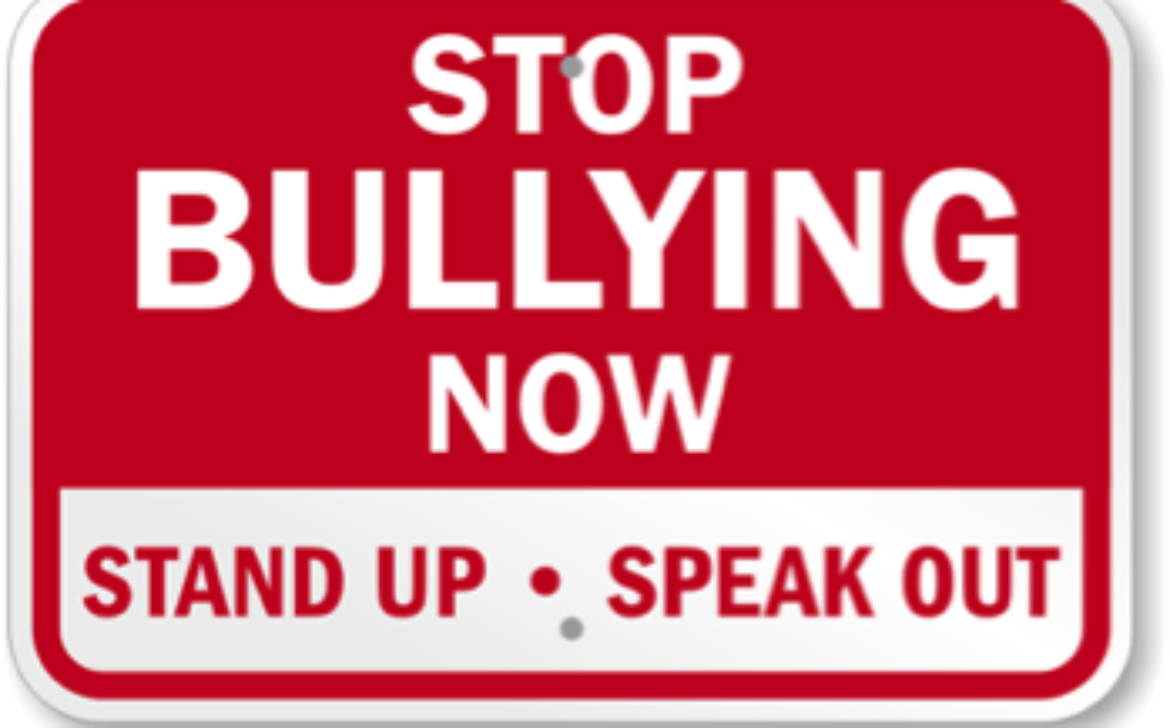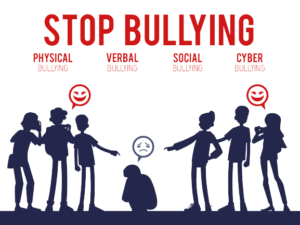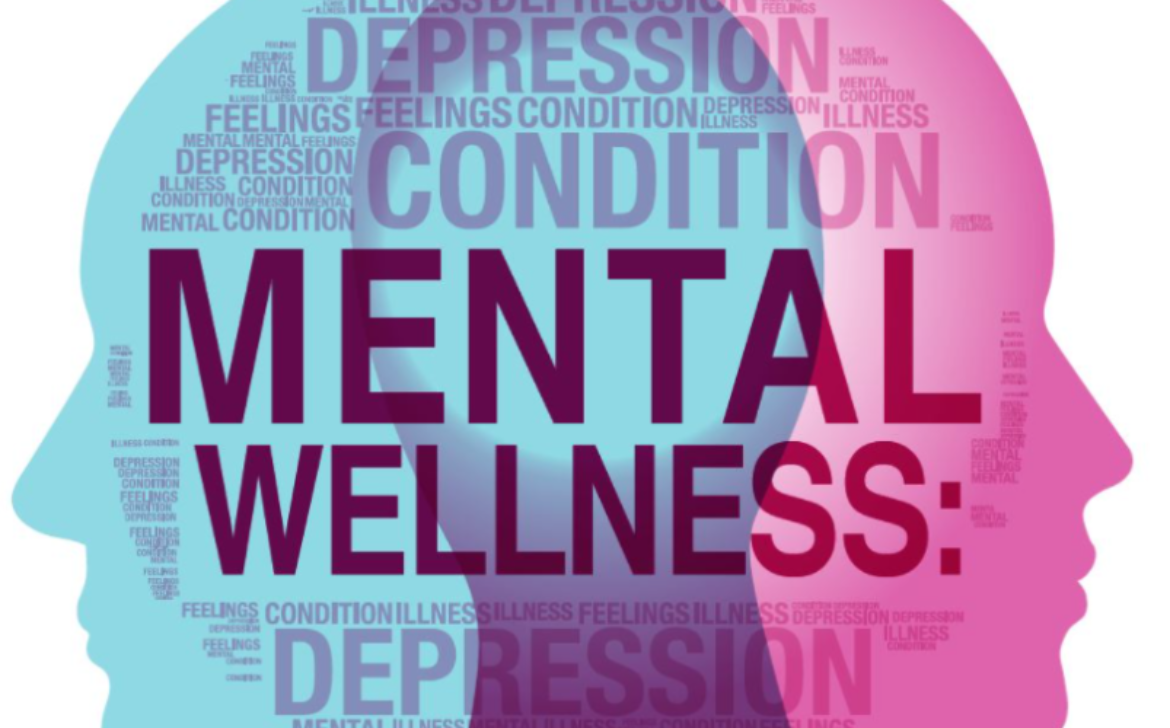Thriving in the Modern Job Market: Essential Strategies for Success
Thriving in the Modern Job Market: Your Comprehensive Success Guide
The job market is undergoing rapid changes due to technological innovations, economic shifts, and evolving industry needs. To succeed in this dynamic environment, professionals need to be adaptable and committed to continuous learning. Here’s a strategic guide to help you navigate the modern job market with confidence.
Navigating Current Job Market Trends
Embracing Technological Advancements
The advent of automation, artificial intelligence (AI), and machine learning is transforming job roles across industries. While new career paths in data science, cybersecurity, and digital marketing are emerging, some traditional positions are becoming less relevant. Staying ahead of these trends is crucial for career longevity.
Rise of Remote Work and the Gig Economy
The shift towards remote work, accelerated by the COVID-19 pandemic, is now a permanent fixture in many industries. Companies are increasingly offering flexible work arrangements, and the gig economy is expanding rapidly. Platforms like Upwork and Fiverr provide freelancers with ample opportunities to work on projects globally.
Industry-Specific Evolution
Every sector is experiencing its own unique trends. For instance, the healthcare industry is seeing a surge in telehealth services, while renewable energy is on the rise as sustainability becomes a global priority. Staying informed about developments in your specific industry is essential for staying competitive.
Building Essential Skills for Today’s Job Market
Enhancing Technical Skills
In today’s job market, technical proficiency is invaluable. Skills in coding, data analysis, and digital marketing are increasingly sought after. Online learning platforms like Coursera and Udemy offer a wide range of courses to help you develop these skills at your own pace.
Mastering Soft Skills
In addition to technical expertise, employers are looking for candidates who excel in communication, problem-solving, and adaptability. Emotional intelligence and a growth mindset are key traits that can set you apart in any job application.
Commitment to Lifelong Learning
The importance of continuous learning cannot be overstated. Pursuing certifications, attending industry-specific workshops, and constantly updating your skill set are essential strategies for maintaining relevance in a competitive job market.
Networking and Personal Branding
Building a Robust Professional Network
Networking is a powerful tool for career growth. Utilize platforms like LinkedIn to connect with industry professionals, participate in discussions, and stay updated on job opportunities.
Developing a Strong Personal Brand
Your personal brand is your professional identity. Ensure it reflects your skills, experiences, and values. A well-crafted LinkedIn profile, an active social media presence, and a personal website can significantly enhance your visibility and credibility.
Leveraging Technology in Your Job Search
Maximizing Online Job Portals
Job search engines like Indeed and LinkedIn Jobs are essential tools in the modern job search process. Set up job alerts to stay informed about the latest opportunities that match your skills and interests.
Navigating Applicant Tracking Systems (ATS)
To pass through ATS filters, tailor your resume with relevant keywords specific to the job description. A clear, concise, and well-structured resume increases your chances of securing an interview.
Preparing for Virtual Interviews
As remote work becomes more common, virtual interviews are now the norm. Ensure you are prepared by testing your internet connection, selecting a professional background, and practicing with video conferencing tools.
Embracing Flexibility and Career Transition
Adapting to Change
Flexibility is key in today’s job market. Being open to new roles, industries, and learning opportunities can lead to unexpected and rewarding career paths.
Identifying Transferable Skills
When considering a career transition, focus on the skills that are applicable across various industries, such as project management, communication, and leadership. Highlighting these skills can make you a strong candidate in any field.
Prioritizing Mental Health and Well-Being
Managing Stress and Avoiding Burnout
Maintaining your mental health is vital for sustained career success. Practice mindfulness, set realistic goals, and prioritize work-life balance to avoid burnout and stay productive.
Conclusion
Thriving in the modern job market requires a blend of adaptability, continuous learning, and a proactive approach to career development. Whether you’re entering the job market, considering a career change, or looking to advance, these strategies will guide you toward success. Stay informed, keep learning, and embrace the changes to achieve your professional goals.







